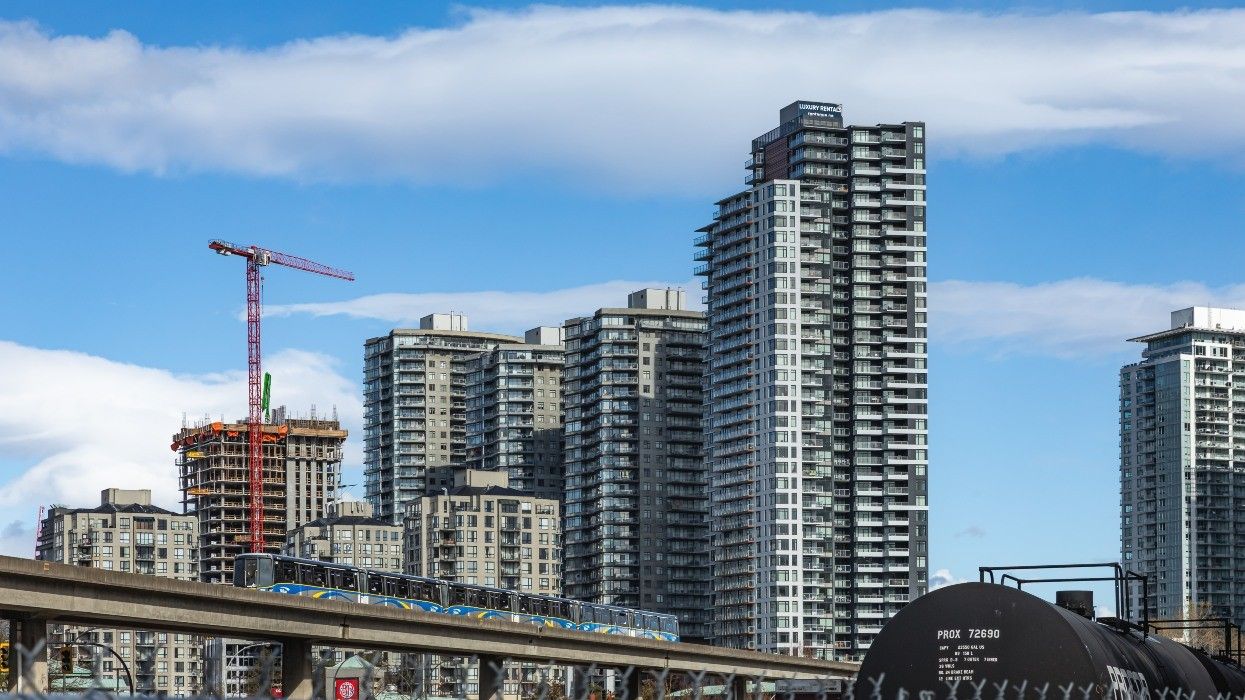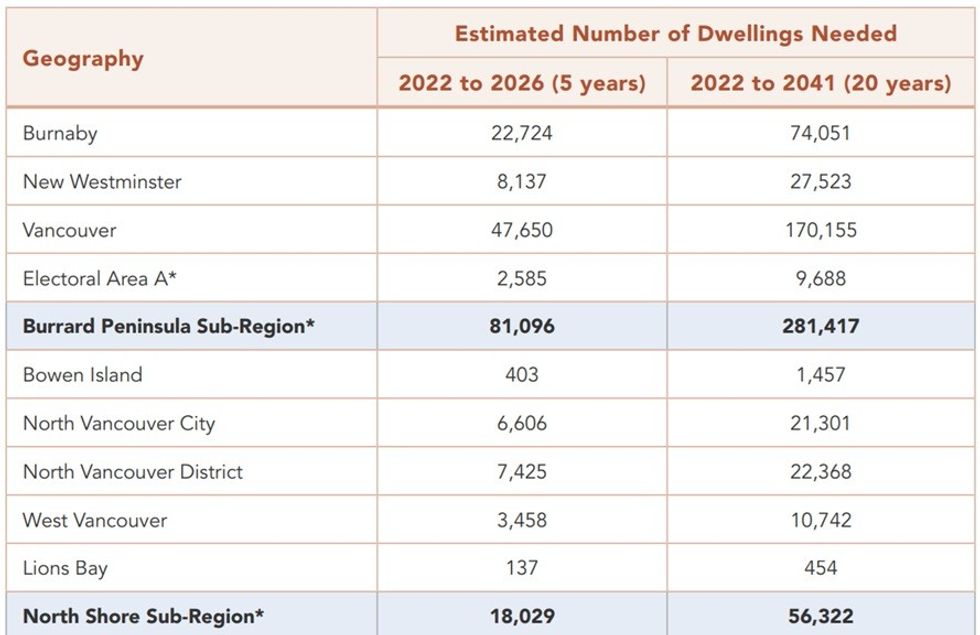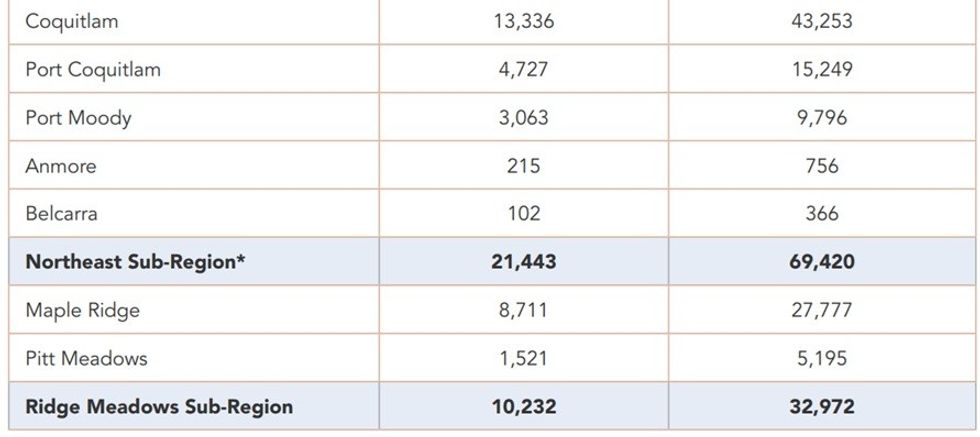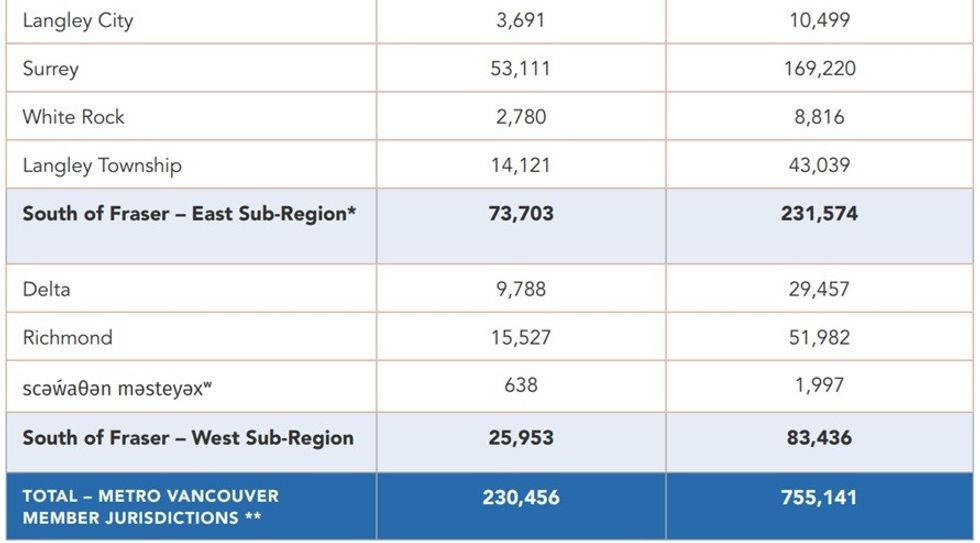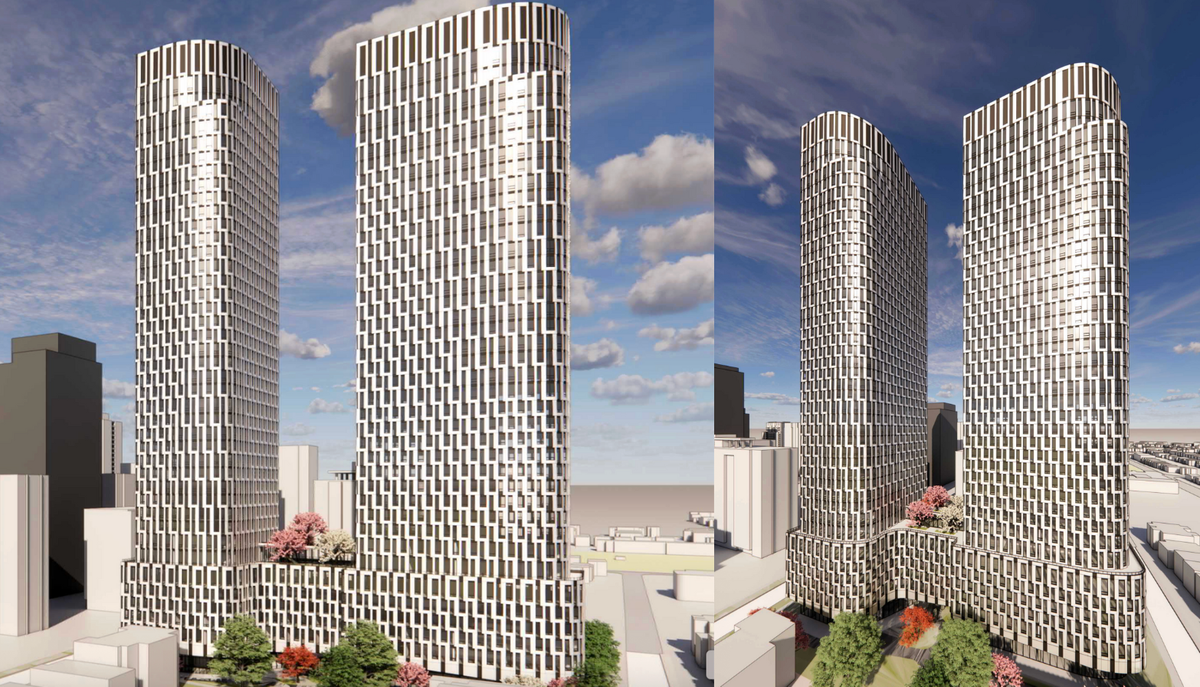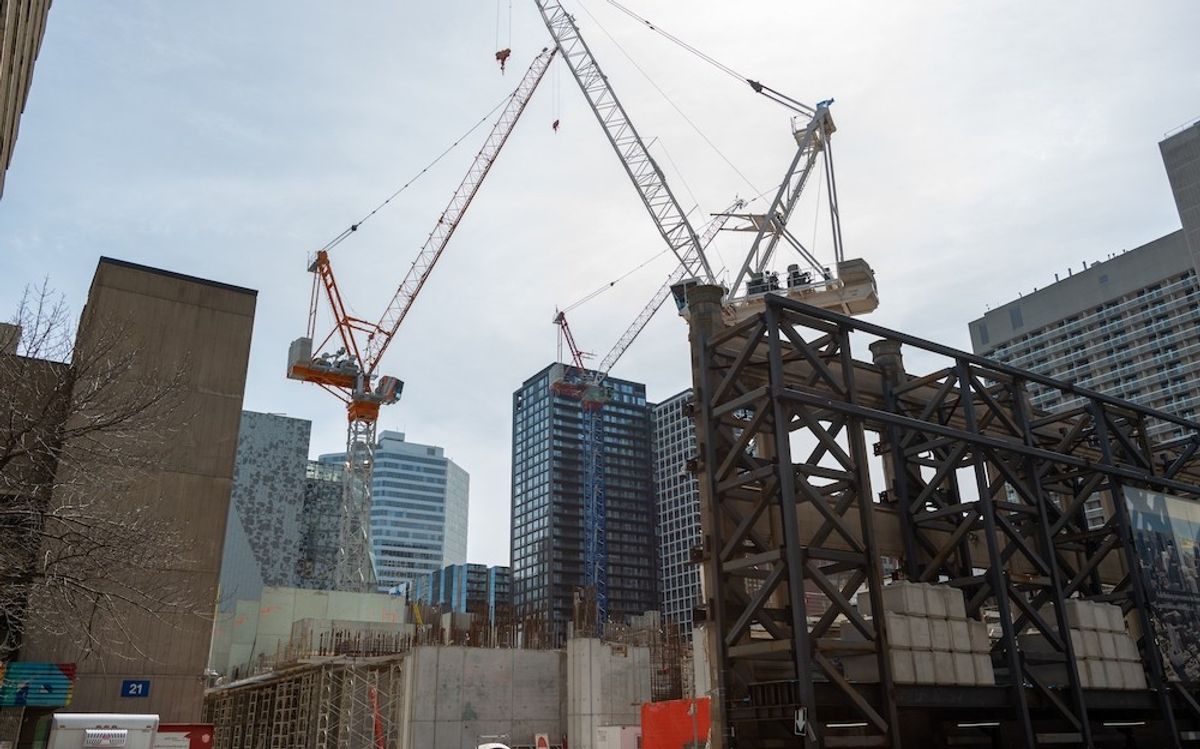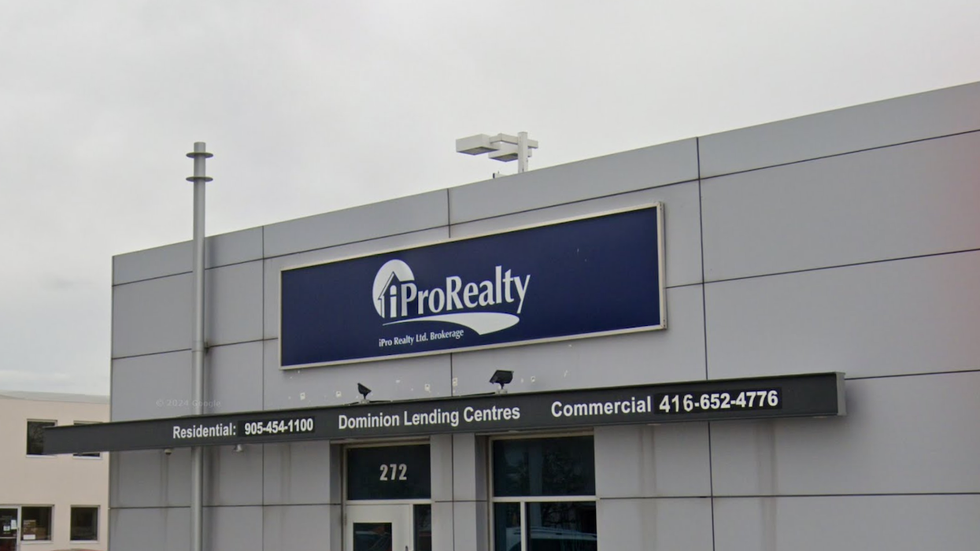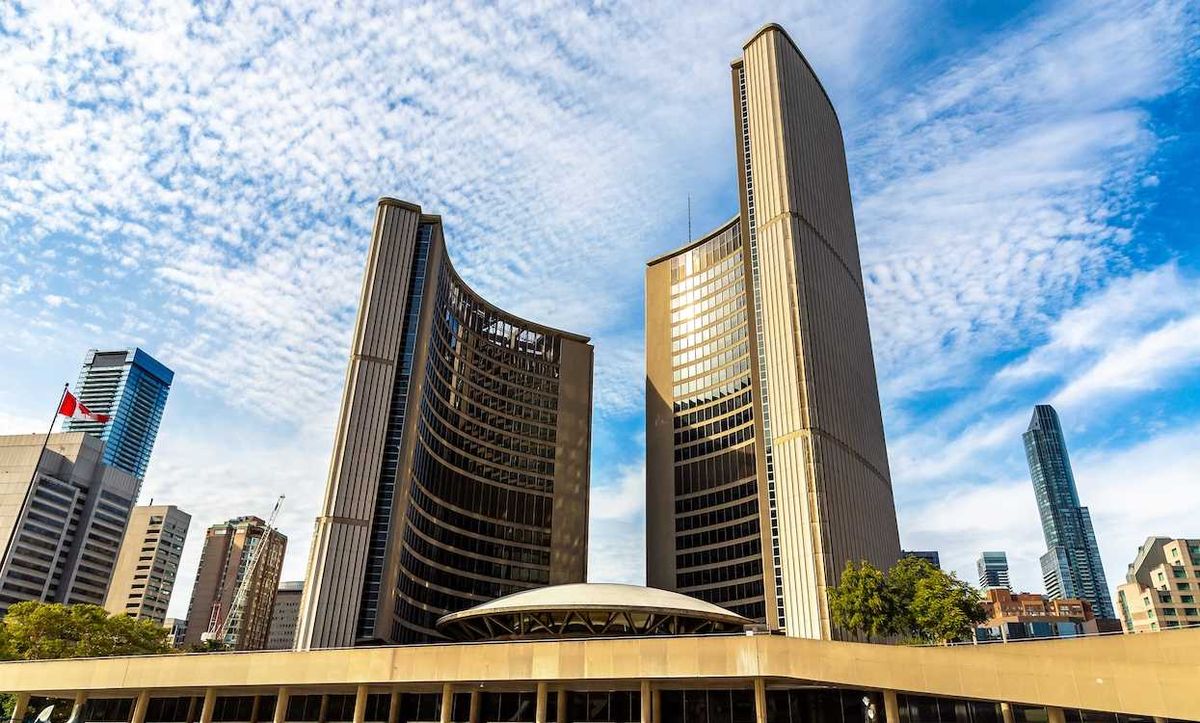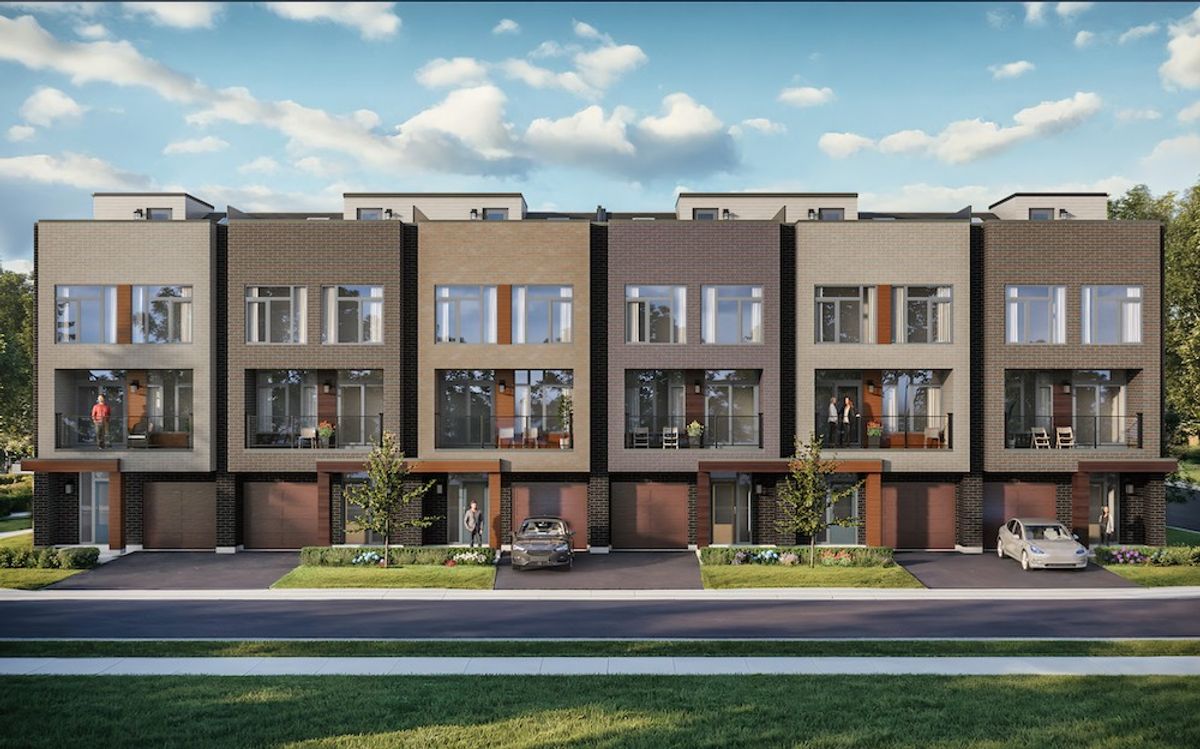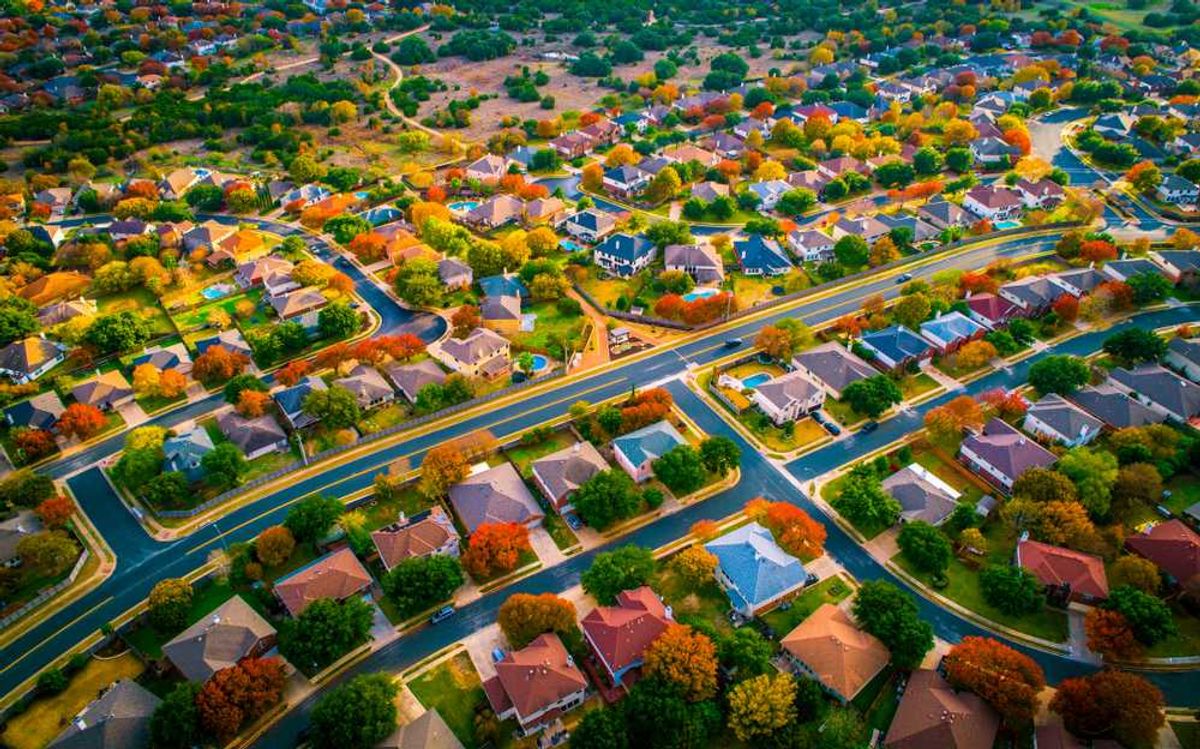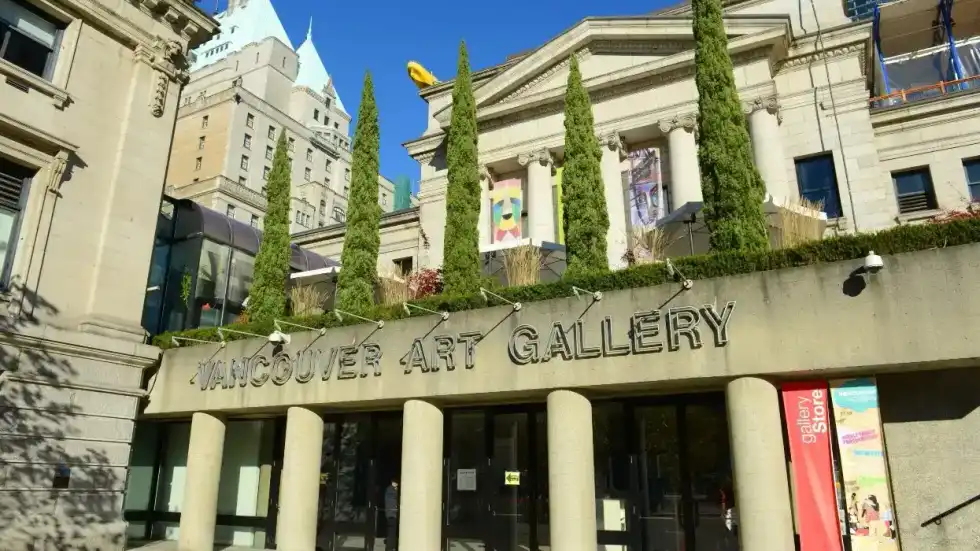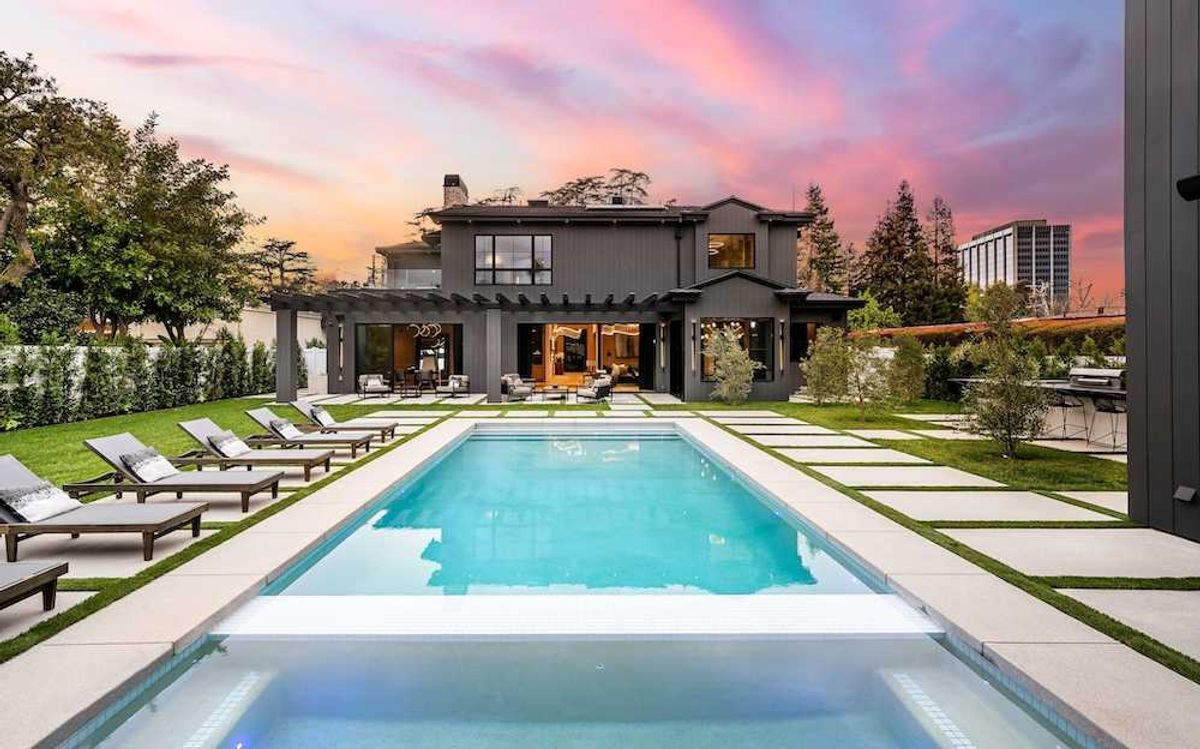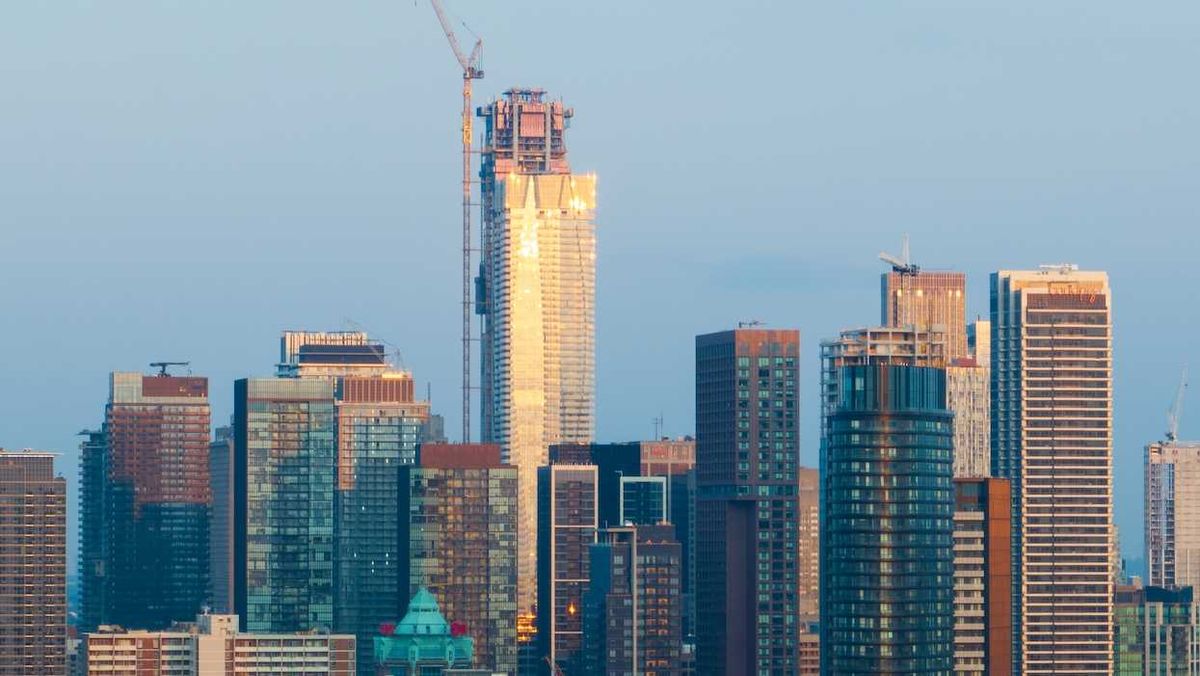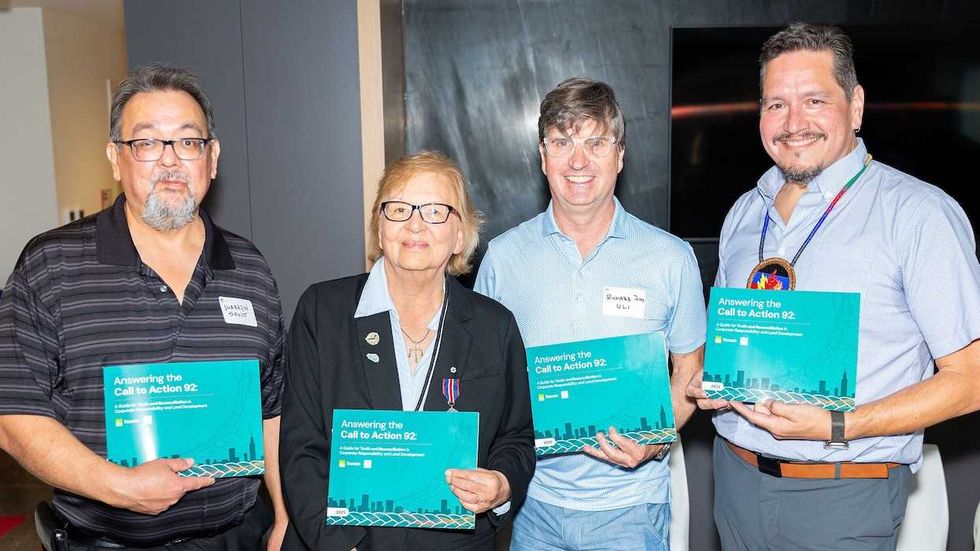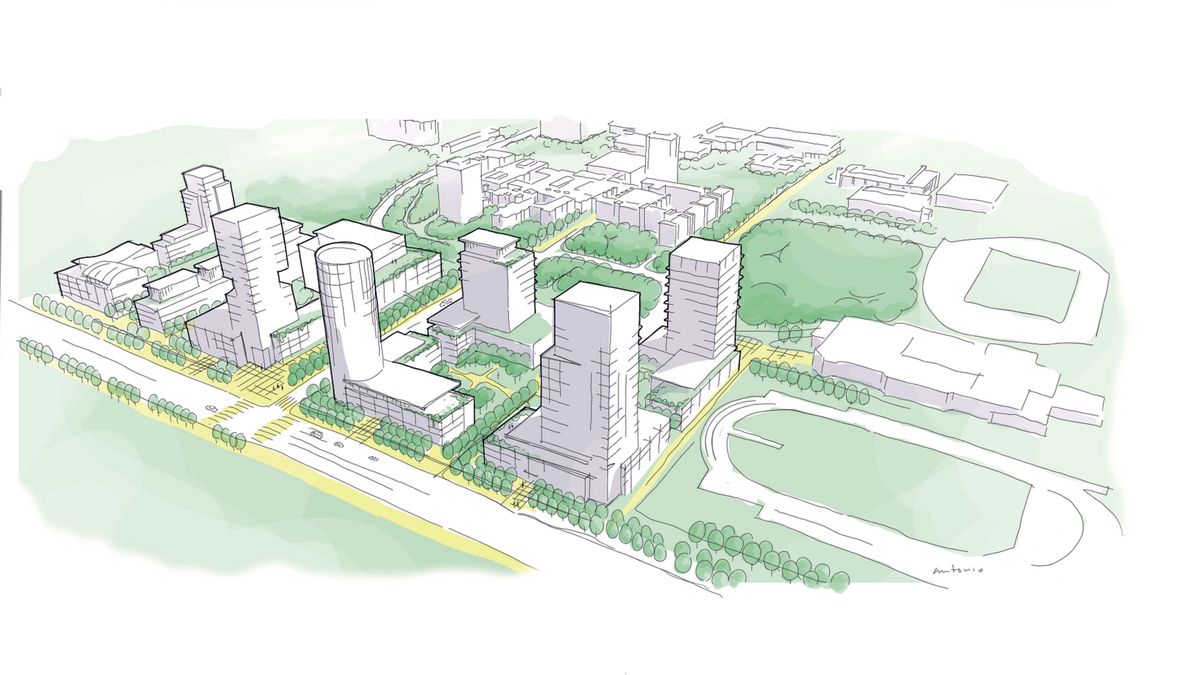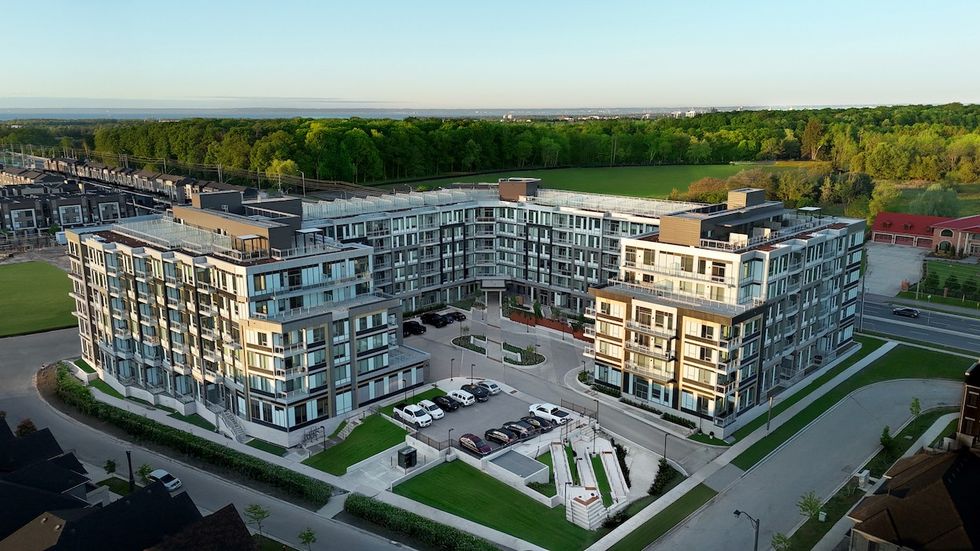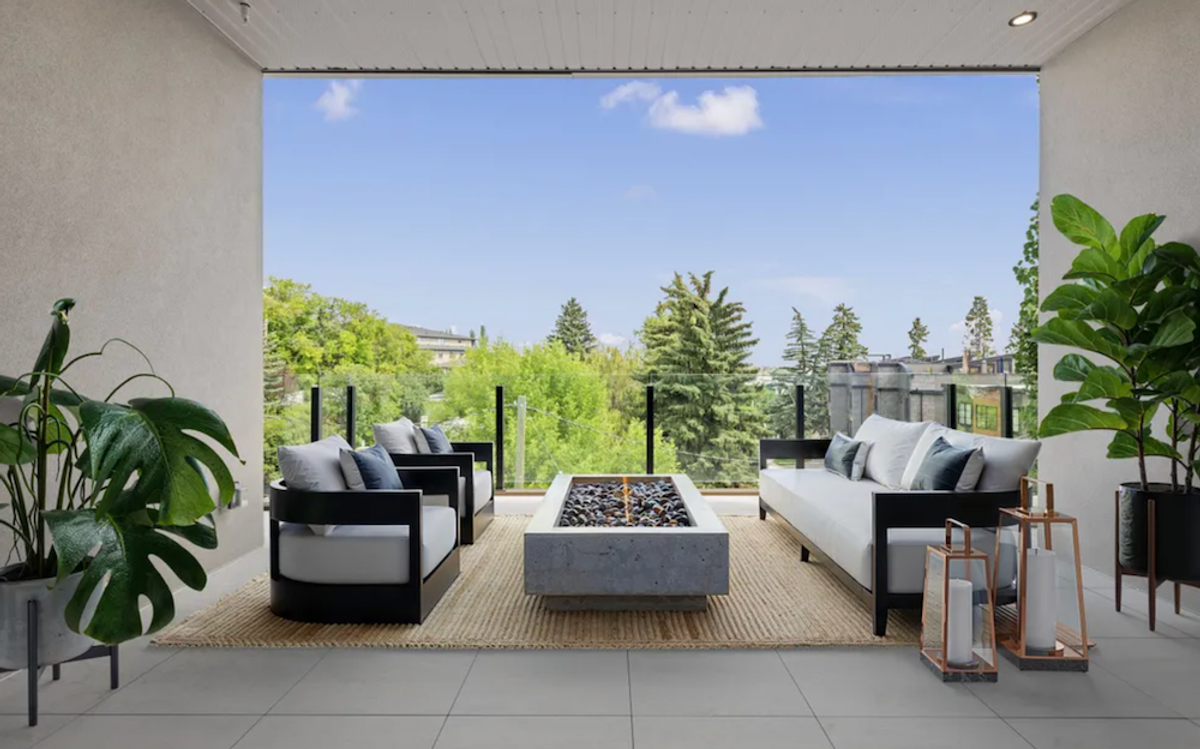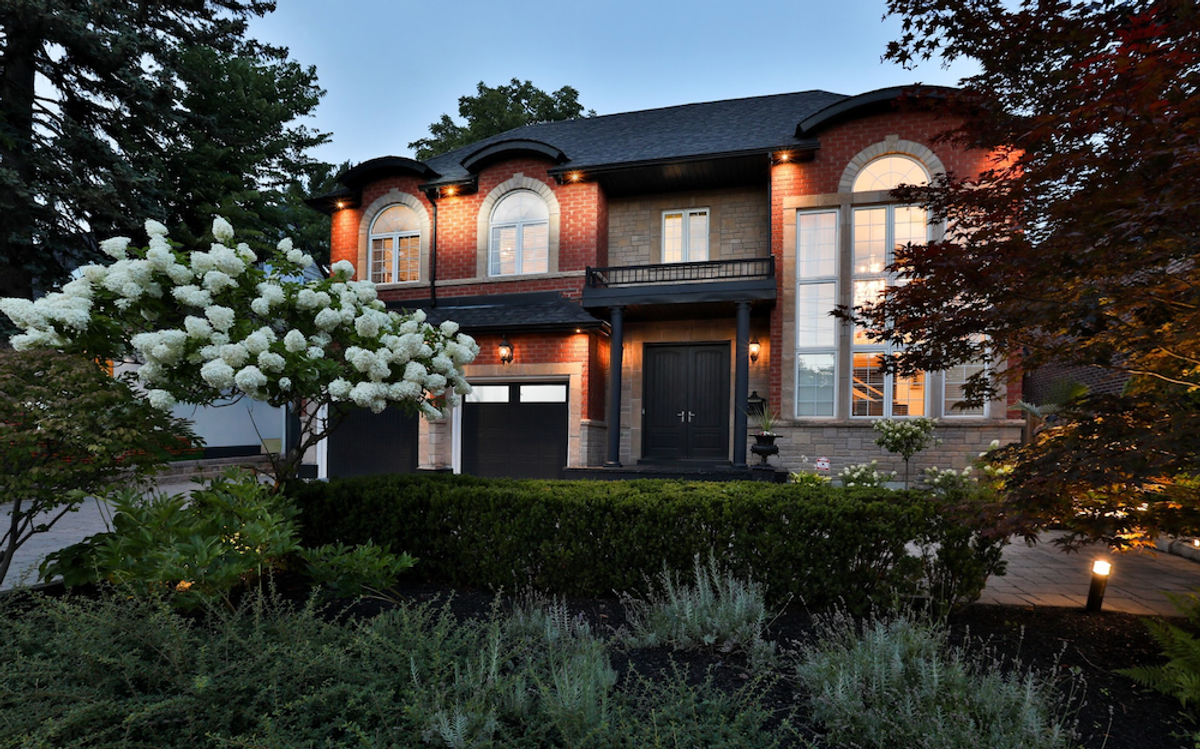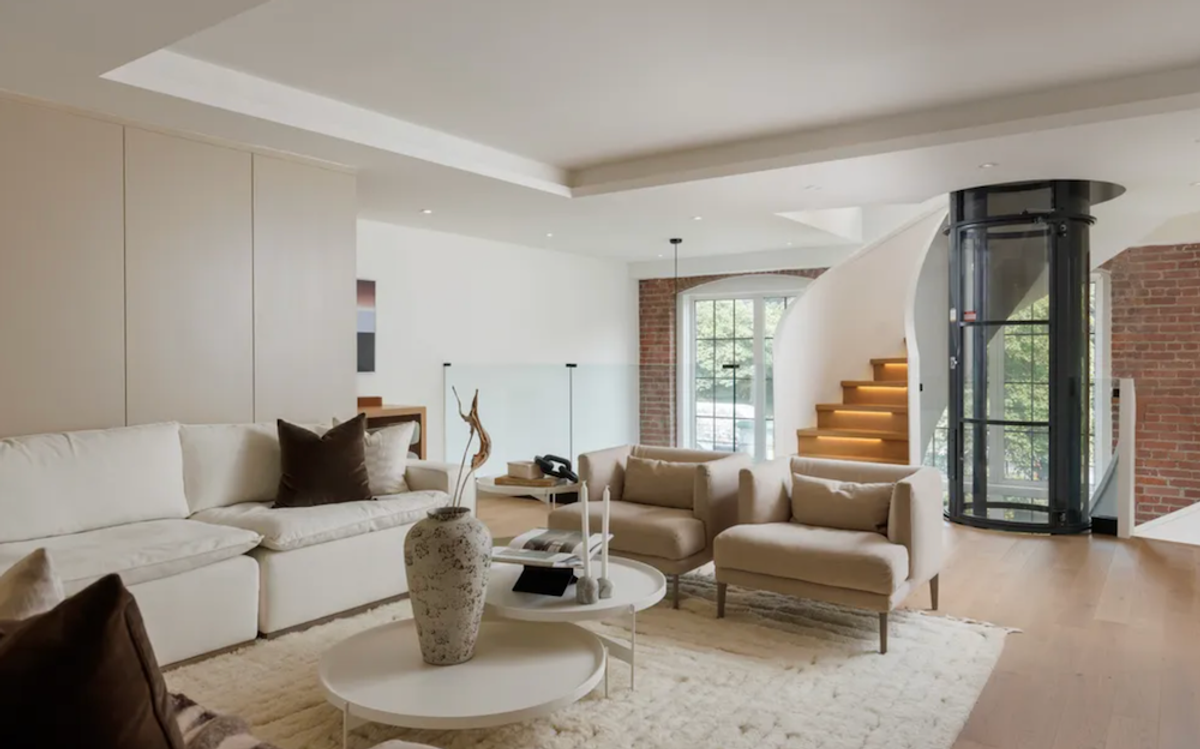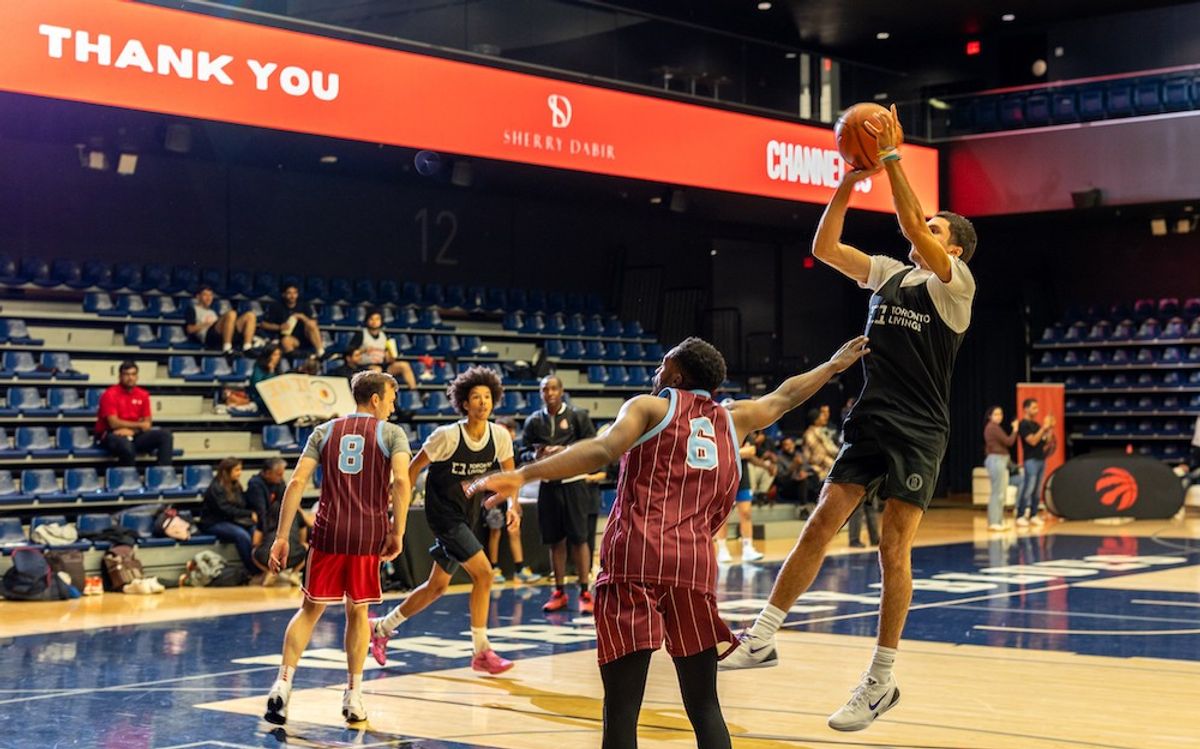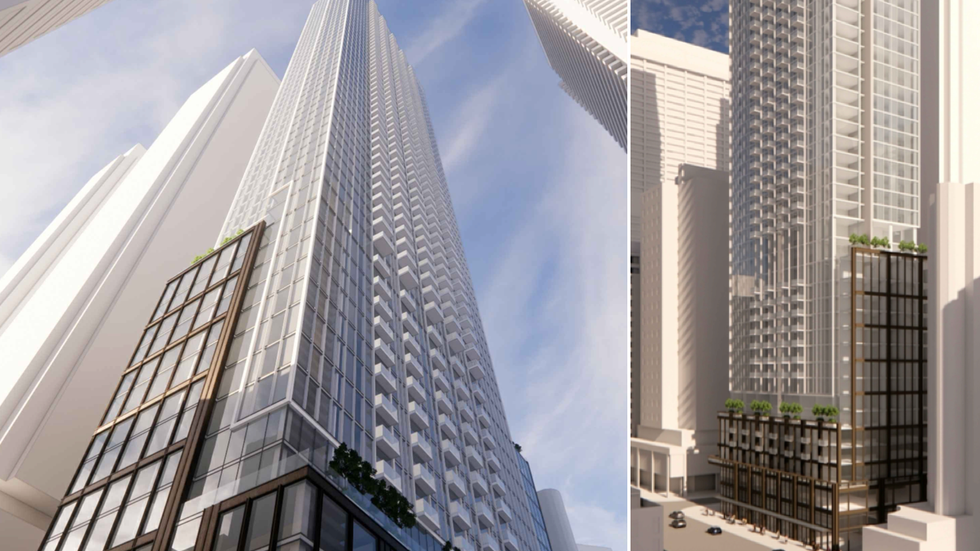The first step to solving a problem is admitting that the problem exists. Then, you must get a grasp on the extent of the problem. For our housing crisis, all of this can essentially be boiled down to a few numbers.
According to CMHC data, the Metro Vancouver region completed an average of 23,424 new homes each year between 2020 and 2024. For the years including 2022 and up to 2026, however, our average housing need is 46,092 per year, which means the Metro Vancouver region has a housing supply gap of 22,668 units per year.
These numbers were cited by the Metro Vancouver Regional District (MVRD) in their latest housing needs report for the region. The MVRD report was compiled via the most-recent housing needs reports published by each of the 23 member jurisdictions, who were obligated to do so as part of Bill 44 that was introduced by the Province in late-2023.
The MVRD report also provided a few other ways to understand those numbers, including by geography, by housing tenure, and by component.
Housing Need By Geography
Across the region, we have a housing need of 230,457 units for the five-year period of 2022 to 2026 and 755,144 units for the 20-year period of 2022 to 2041.
By sub-region, the largest need lies in what the MVRD refers to as the "Burrard Peninsula," which includes the UBC Endowment Lands, Vancouver, Burnaby, and New Westminster. Second is then the South of Fraser sub-region's eastern half, which includes Surrey, the Township of Langley, the City of Langley, and White Rock. Third is then, perhaps surprisingly, the South of Fraser sub-region's western half, which includes Delta and Richmond.
By municipality, the largest need in the near-term is Surrey at 53,111 units, followed by Vancouver at 47,650. For the 20-year period, the largest need is in Vancouver at 170,155, followed closely by Surrey at 169,220. Third in both instances is Burnaby, which has a five-year need of 22,724 and a 20-year need of 74,051.
Housing Need By Tenure
Our housing need of 230,457 units for the five-year period of 2022 to 2026 was also broken down by tenure.
Of the 230,457 units, the Metro Vancouver region has a need of at least 96,803 rental units (42%) and 106,364 strata units (46%), with the remaining 27,289 units (12%) depending on market demand.
Specific to rental units, the region is completing an average of 4,125 purpose-built rental units per year, while the need is at 19,361 units per year, which means we have a purpose-built rental housing supply gap of 15,266 units per year. When including secondary rental units, such as strata units that are rented out, the gap is down to 8,497 units per year, which is a clear sign that strata units are also needed to solve our housing crisis.
In terms of affordable rental housing, there is a five-year need of 57,000 units, comprised of 33,400 studio or one-bedroom units, 11,300 two-bedroom units, 7,300 three-bedroom units, and 5,000 four-bedroom (or more) units. Here, "affordable" is defined as units that cost 30% of housing income limits as defined by BC Housing.
Under that definition, the maximum rent for those needed units is $1,450 for studio and one-bedroom units, $1,800 for two-bedroom units, $2,150 for three-bedroom units, and $2,6800 for four-bedroom units.
Housing Need By Component
Lastly, the MVRD also broke down our housing need by component — the source of the need.
By component, the biggest need is coming from anticipated household growth (population increase) which accounts for 73.9% of our five-year housing need and 69.7% of our 20-year housing need. That is by far the biggest source of our housing need, with the second being from "demand buffer," which the MVRD defines as "units needed to meet additional demand from diverse household preferences, based on an additional assessment of unmet market demand," at 11.8% of our five-year need and 14.5% of our 20-year need.
Other components included our extreme core housing need (households that are currently spending 50% or more of their income on housing), units needed to support those who are experiencing homelessness, and units that are needed to support a healthy rental vacancy rate.
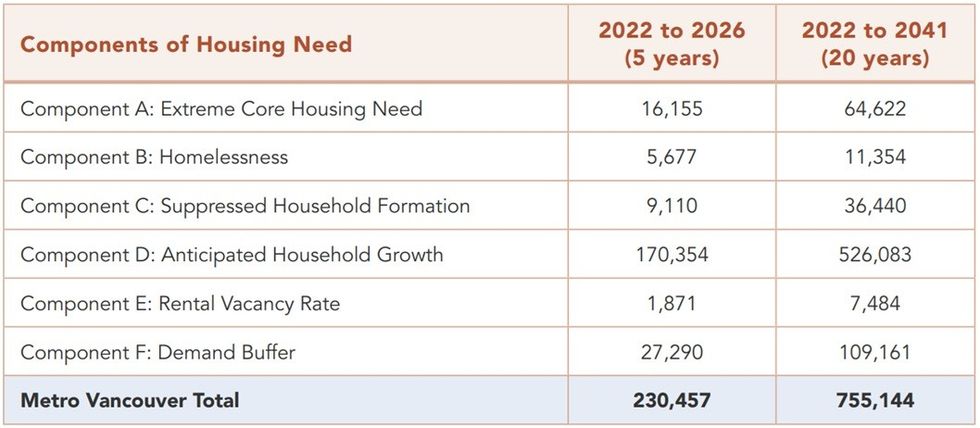
What We Need To Do
On a per capita basis, the Metro Vancouver region is currently achieving an annual average of eight units completed per 1,000 population between 2020 and 2024, but we need to be at 11 completions per 1,000 population said the MVRD, which added that the region hit the latter benchmark 16 years between 1970 and 2024. (The highest we've hit is 14 per 1,000, in 1973 and 1974.)
"Housing development levels need to double to address regional housing pressures," said the MVRD. "While the shortfall of homes needed is significant, historical data shows that the region has successfully achieved higher development levels in past years."
"More purpose-built rental supply is needed," they added. "More than half of new rental units in the region are provided through the secondary rental market (rented condominiums, secondary suites, laneway homes). These are an important source of housing, but do not provide the longterm security of tenure needed by the growing population of renter households."
Lastly, the MVRD also noted that "sustained investment and support" is needed for affordable rental housing, as current development is only meeting a fraction of what the region needs, noting that "provincial and federal funding is critical for enabling this type of housing."
Now that we know the extent of the problem, it's time to get to work on the solutions.
